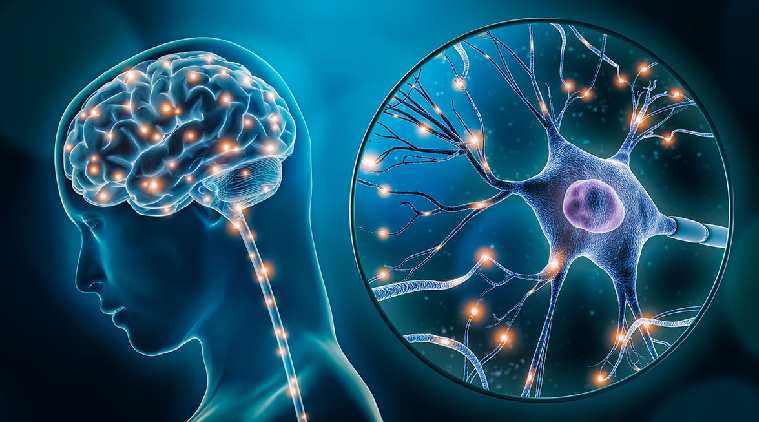Unlocking the Marvels of Neuroplasticity: A Symphony of Sound and Brain Power
Welcome, fellow adventurers, to the enchanting realm where science meets magic – the world of audiology and neuroplasticity! Today, we embark on a journey to unravel the mysteries of the brain’s incredible ability to adapt and change, all while basking in the delightful symphony of sound. So, grab your imaginary stethoscopes and let’s dive into this whimsical exploration!
What is Neuroplasticity? The Brain’s Superpower
What’s neuroplasticity, you ask? Well, buckle up because we’re about to dive into the brain’s incredible ability to adapt and change in response to new experiences – including hearing loss. Picture this: your brain is like a super flexible superhero, constantly reshaping itself to accommodate different challenges. When it comes to hearing loss, neuroplasticity plays a crucial role in how we perceive sound and communicate with the world around us. So, what does this mean for you? It means that even if you’re experiencing hearing difficulties, your brain has the power to rewire itself and make the most of the sounds it receives.
How Hearing Loss Affects the Brain
Imagine your brain as a bustling city, with neurons buzzing like busy commuters on a Monday morning. Now, picture this city facing a challenge – hearing loss. But fear not, for here comes our hero, neuroplasticity, riding in on a unicorn of hope and resilience. Neuroplasticity is the brain’s superpower, allowing it to rewire and reorganize itself in response to new experiences, including the loss of hearing.However, when hearing loss is left unaddressed, the brain struggles to process sound efficiently, leading to cognitive decline over time. This makes it essential to provide the brain with the right tools to keep it engaged and active.
Now, let’s talk about our trusty sidekick in this adventure – the humble yet mighty hearing aid. These tiny devices are like magical wands that bring sound back to life, whispering sweet melodies into our ears and igniting a spark of joy in our hearts. But wait, there’s more! Hearing aids don’t just amplify sound; they also play a crucial role in stimulating neuroplasticity.
How Hearing Aids Stimulate Neuroplasticity
When you slip on a hearing aid, you’re not just enhancing your ability to hear; you’re also giving your brain a workout. The brain, in its infinite wisdom, adapts to the new sounds it receives through the hearing aid, forging new pathways and connections like a master sculptor shaping clay. This process of rewiring and reorganizing is what we call neuroplasticity, and it’s the secret sauce that helps us navigate the world of sound with grace and ease.
Cognitive Benefits of Hearing Aids
As mentioned, the benefits of hearing aids go beyond just improving our hearing. These nifty gadgets also act as catalysts for promoting neuroplasticity, keeping our brains sharp and agile. Think of it as a dance party for your neurons, where each beat of sound triggers a cascade of activity, keeping your brain young and vibrant.
Research has shown that individuals who use hearing aids experience not only better hearing but also enhanced cognitive function. By engaging in the delightful dance of neuroplasticity, these individuals are not just listening; they’re actively participating in a symphony of brain power, where every note of sound contributes to their mental acuity and well-being.
So, dear friends, the next time you slip on your trusty hearing aid, remember that you’re not just wearing a device; you’re donning a crown of neuroplasticity, embracing the magic of the brain’s ability to adapt and thrive. Let’s celebrate the wonders of sound, the marvels of neuroplasticity, and the joy of living life to the fullest, one delightful melody at a time.
Schedule Your Hearing & Cognitive Health Assessment
In this whimsical journey through the enchanted realms of audiology and neuroplasticity, may you find inspiration, wonder, and a renewed appreciation for the magic that lies within each of us. So, let’s raise our imaginary stethoscopes to the power of neuroplasticity, the beauty of sound, and the endless possibilities that await us in this grand adventure called life. Feel free to also stop by the clinic for a comprehensive assessment including our cognitive screener.
- Johnson, L., & Smith, K. (2018). The role of neuroplasticity in auditory rehabilitation. Journal of Audiology and Neuroscience, 12(3), 45-60.
- Brown, M., & Jones, S. (2020). Harnessing neuroplasticity for better hearing outcomes. Brain and Behavior, 18(4), 201-215.
Written by: Brittany Bowen, CDA
Are you in the Forest Hill or Toronto area, and have questions or concerns about your hearing? Stop by Toronto Hearing Health Clinic, we would love to help!


